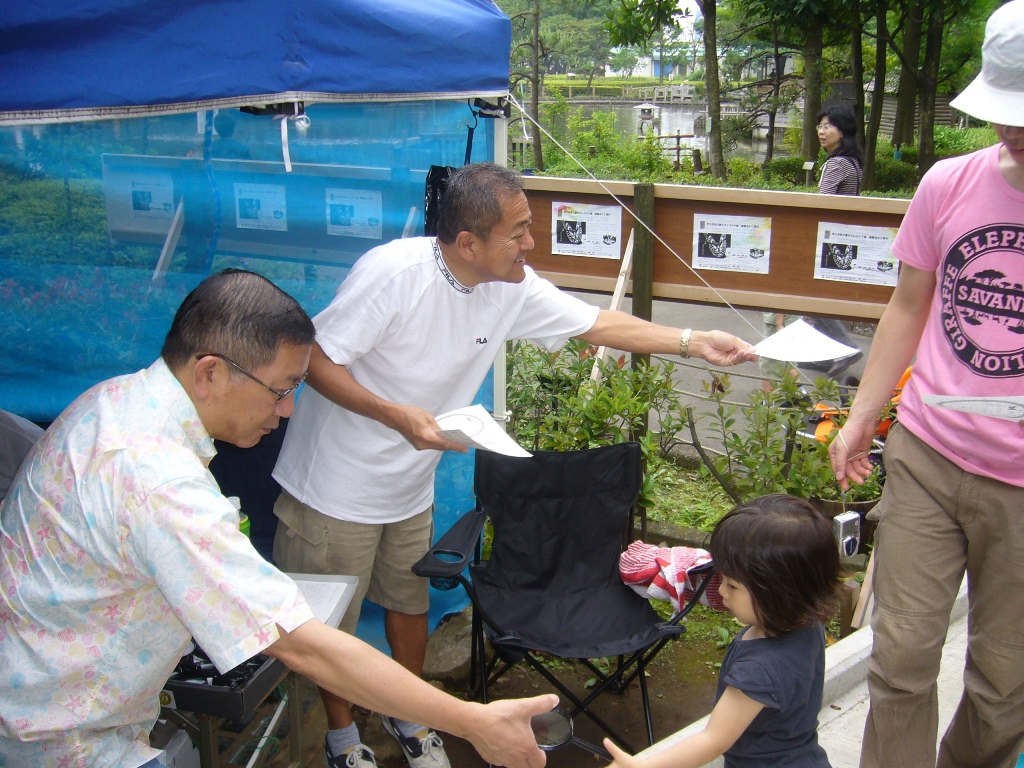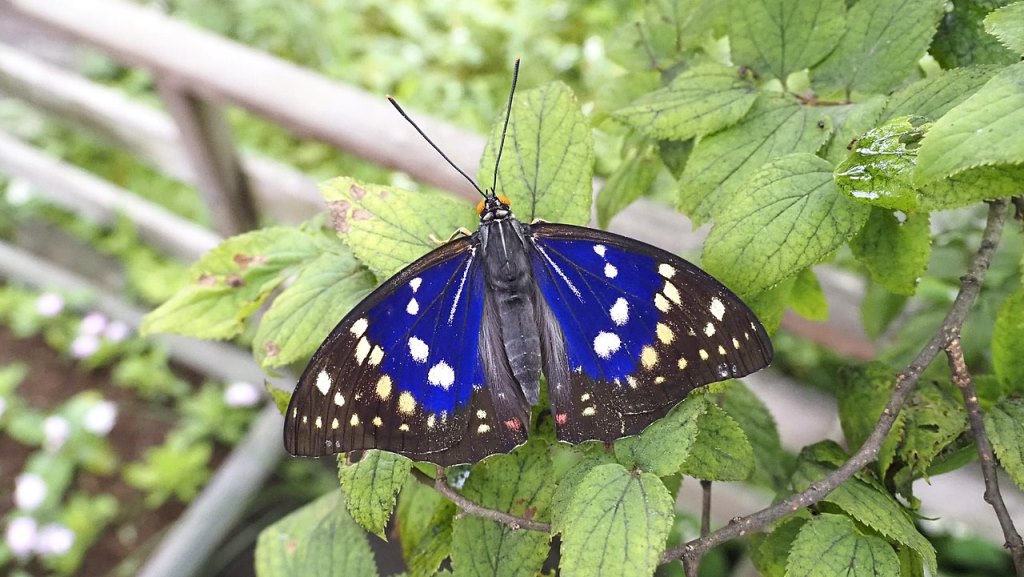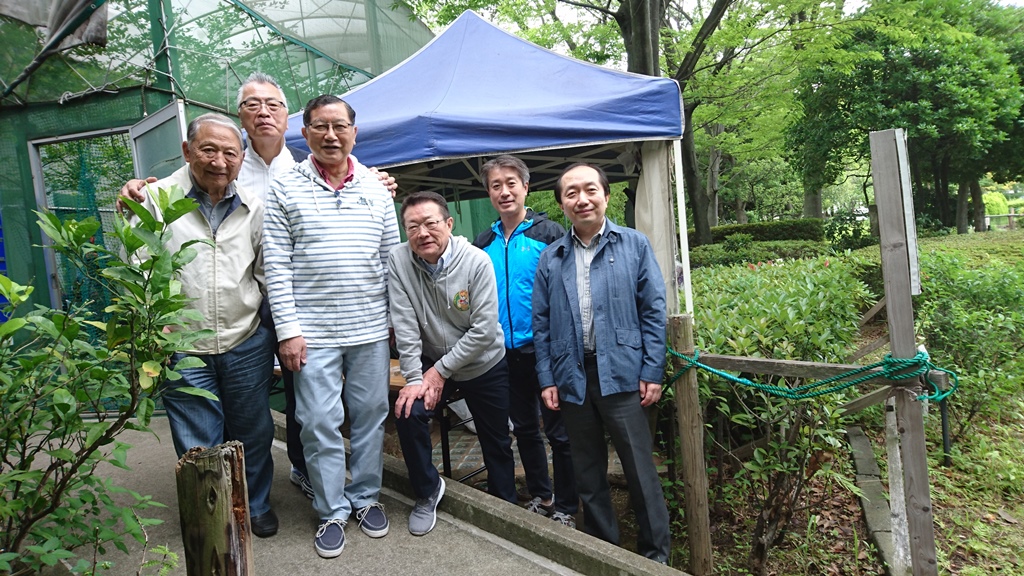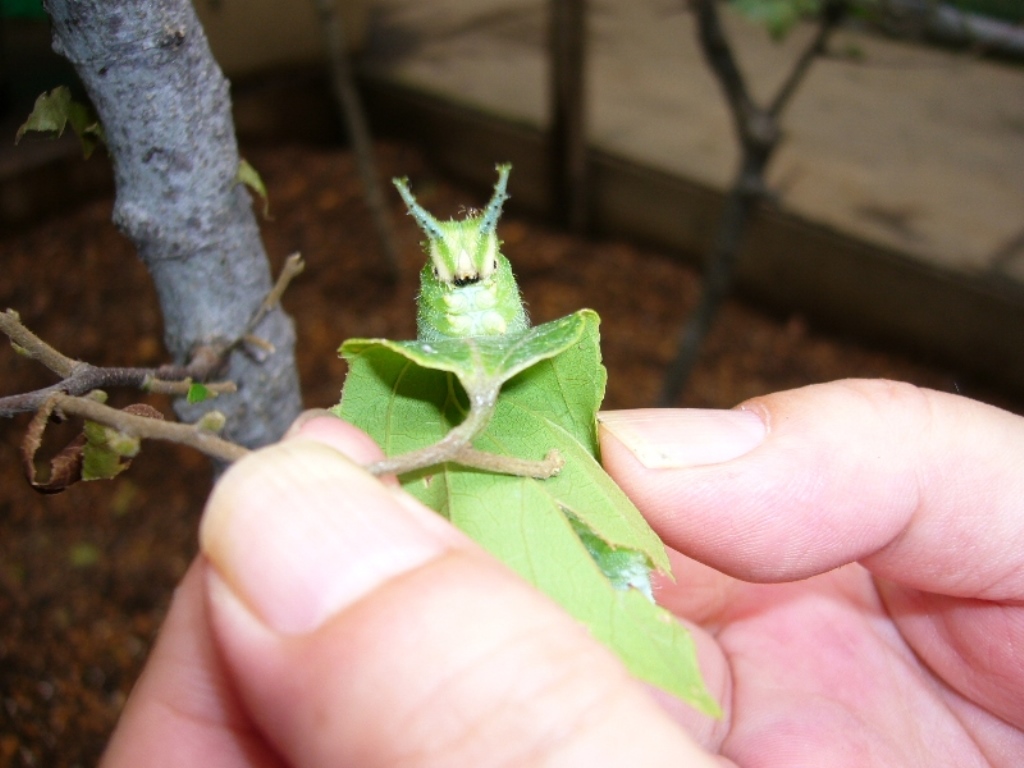In 2001, the first chairman, Yoshio Okamoto, became interested in breeding giant purple sakis and wanted to recreate their habitat in the city.
It was difficult to recreate the giant purple saki's habitat, and it was a continuous process of trial and error.Mr. Shiro Shinozaki, who lives near the Kogai River in Shimotsuma, Ibaraki Prefecture, gave me 30 last-instar larvae, and released them on hackberry trees in the Insect Garden of Arakawa Natural Park.But the larvae are dead.The culprit was ants, and in order to protect the giant purple larvae from ant pests, they negotiated with the Arakawa Ward Park Department to install a new cage for breeding the giant purple larvae, and when the larvae were released again, beautiful giant purple larvae emerged. succeeded in doingAfter that, Chairman Okamoto and Secretary General Yasuda set up a special committee for the giant purple saki as part of the club's social service activities, and opened the cage free of charge so that everyone could observe the giant purple saki.We have added the following to our club statutes:
"Environmental education projects and awareness-raising projects related to conservation and protection of the natural environment will be carried out through breeding and observation of giant purple saki, which is sensitive to changes in the natural environment."
More than 7,000 people visit the gauge installed in Arakawa Nature Park every year to observe the adults and larvae of giant purple saki, but due to reasons such as aging of the gauge, the gauge will be closed in April 2024. increase.
Main activities
| 1 Kiyose City, Tokyo Prefecture | Support for Daiden no Mori Omurasaki Garden |
| 2 Koriyama City, Fukushima Prefecture | Support for activities at Ouse Park Omurasaki Garden |
| 3 Arakawa Nature Park | Making effective use of gauges to create a giant purple habitat environment |





